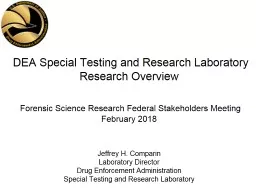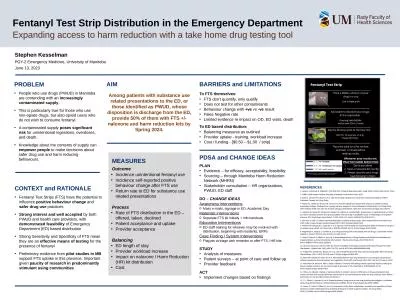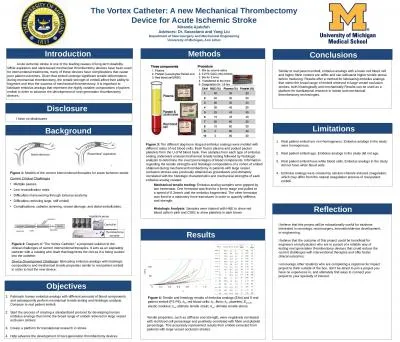PPT-TITLE: Qualitative Identification of Fentanyl and its Analogs by Use of Functionalized
Author : jacey | Published Date : 2022-06-07
Student Jonathan Adamson Mentors Dr Sunil Paliwal Dr Barry Bunin and Beth AustinDeFares Homeland Security Challenge Approach Outcomes Conclusion Acknowledgements
Presentation Embed Code
Download Presentation
Download Presentation The PPT/PDF document "TITLE: Qualitative Identification of Fen..." is the property of its rightful owner. Permission is granted to download and print the materials on this website for personal, non-commercial use only, and to display it on your personal computer provided you do not modify the materials and that you retain all copyright notices contained in the materials. By downloading content from our website, you accept the terms of this agreement.
TITLE: Qualitative Identification of Fentanyl and its Analogs by Use of Functionalized: Transcript
Download Rules Of Document
"TITLE: Qualitative Identification of Fentanyl and its Analogs by Use of Functionalized"The content belongs to its owner. You may download and print it for personal use, without modification, and keep all copyright notices. By downloading, you agree to these terms.
Related Documents














